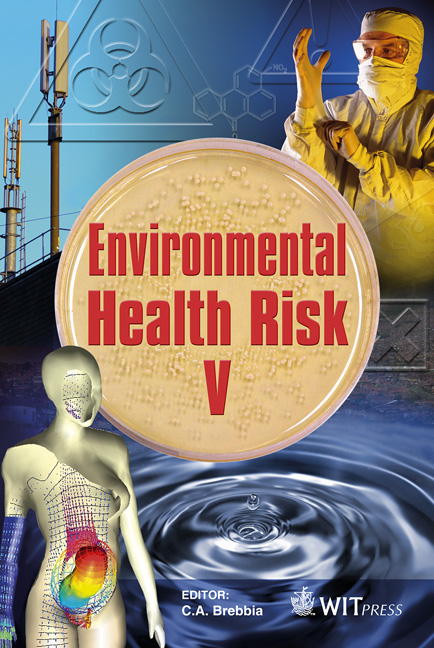Contribution Of Airborne Fine Particles Containing Cryptomeria Japonica Pollen Allergens To Airborne Organic Carbonaceous Aerosols During A Severe Pollination Episode
Price
Free (open access)
Transaction
Volume
14
Pages
12
Page Range
65 - 76
Published
2009
Size
883 kb
Paper DOI
10.2495/EHR090071
Copyright
WIT Press
Author(s)
Q. Wang, S. Nakamura, X. Gong, K. Kurihara, M. Suzuki, K. Sakamoto & D. Nakajima
Abstract
Japanese cedar pollinosis has been recognized recently as a serious social problem because of its high prevalence in Japan. It is well-known that the pollen grains of Cryptomeria japonica pollen (so-called Japanese cedar pollen) usually exist as coarse particles about 30 µm. However, it was supposed that the major allergen Cry j 1 (Cry j 1 particles) could be released to the atmosphere as respirable-sized particles and modified by some air pollutants during airborne transportation. Cry j 1 particles represent major seasonal allergen sources and are suspected to cause pollen asthma. Moreover, since Cry j 1 particles mainly consist of protein materials and cytoplasm from the pollens, they should be organic carbonaceous aerosols in fine particle sizes because protein materials are also some kind of organic carbon (OC). Therefore, one of the Cry j 1 release processes in which Cry j 1 eluted from several simulated rainfalls of various salt components have been investigated. As a result, about 60% of Cry j 1 was released in simulated rain containing Ca2+ ions. At the same time, it is important to examine the release behavior of Cry j 1 particles and to evaluate the source contributions calculated from Cry j 1 particles to organic carbonaceous aerosols. The aim of this study is to examine the particle size distribution of Cry j 1 and OC in airborne aerosols to clarify some mechanisms provoking pollen asthma and to evaluate source contributions during a severe pollination episode of FY 2005. Airborne Cry j 1 particles were collected with high volume Andersen air samplers, and Cry j 1 and OC (OC1-OC4) concentrations were determined by
Keywords
source contribution, PM1.1, Japanese cedar pollen, allergen, Cry j 1, pollen asthma, organic carbonaceous aerosol, organic carbon (OC)





